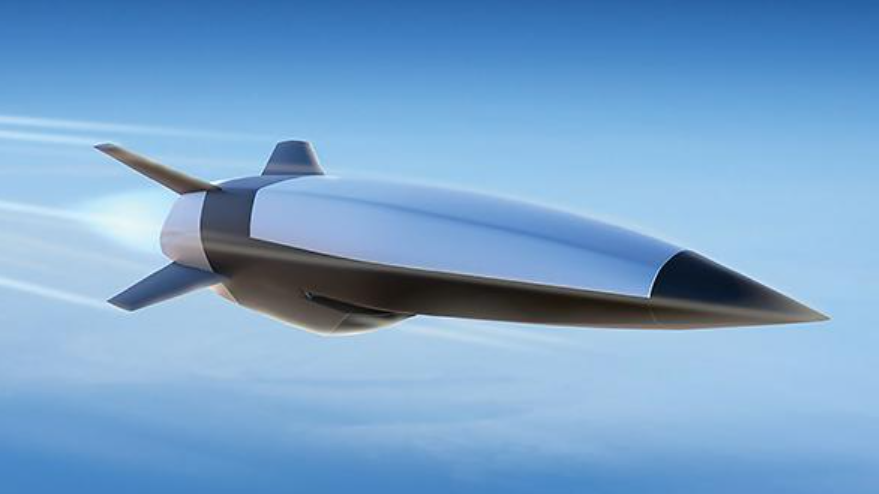
Hypersonic weapon
Credit: Raytheon
The U.S. hypersonic industrial base is not large enough to produce the number of weapons the Pentagon would need in a future war, and the Defense Department needs to show a strong enough demand signal to allow industry to get there, a top lobbying group argues in a new report. The National Defense...
Subscription Required
This content requires a subscription to one of the Aviation Week Intelligence Network (AWIN) bundles.
Schedule a demo today to find out how you can access this content and similar content related to your area of the global aviation industry.
Already an AWIN subscriber? Login
Did you know? Aviation Week has won top honors multiple times in the Jesse H. Neal National Business Journalism Awards, the business-to-business media equivalent of the Pulitzer Prizes.





